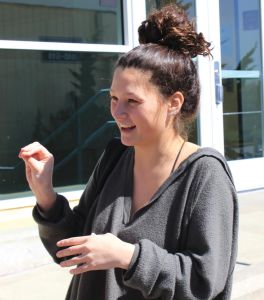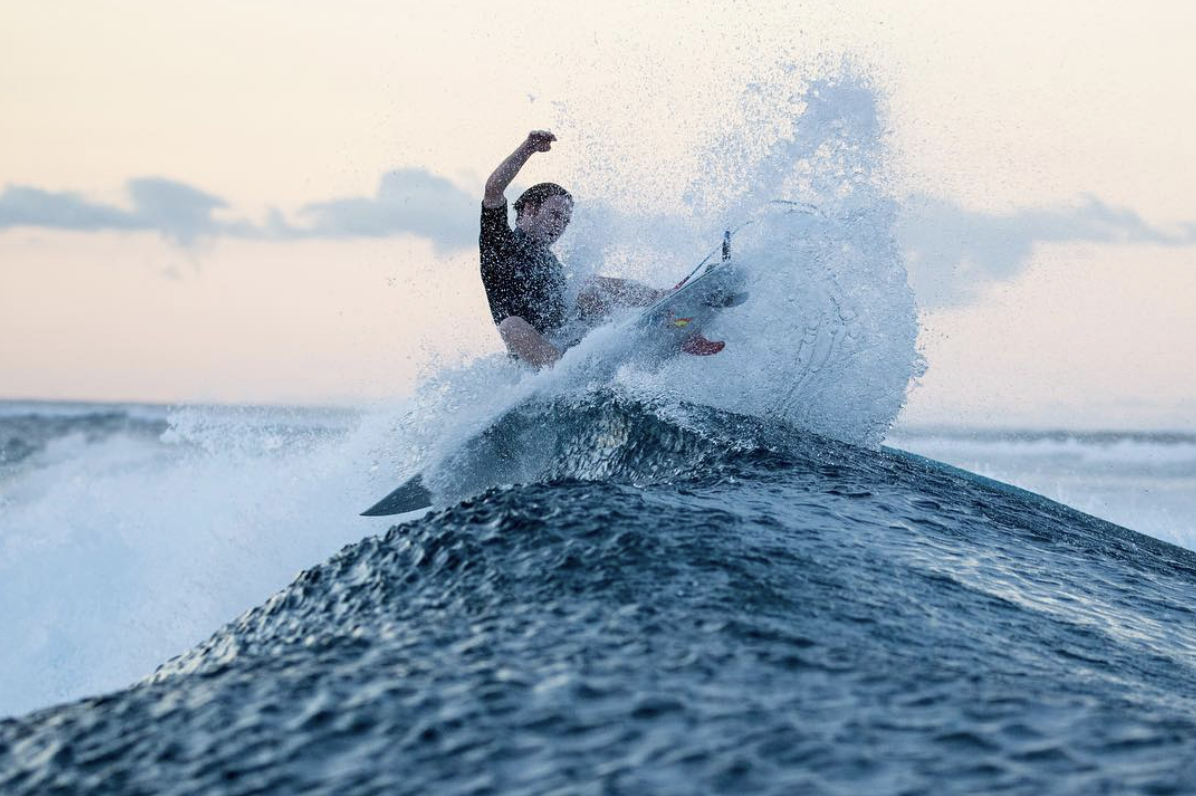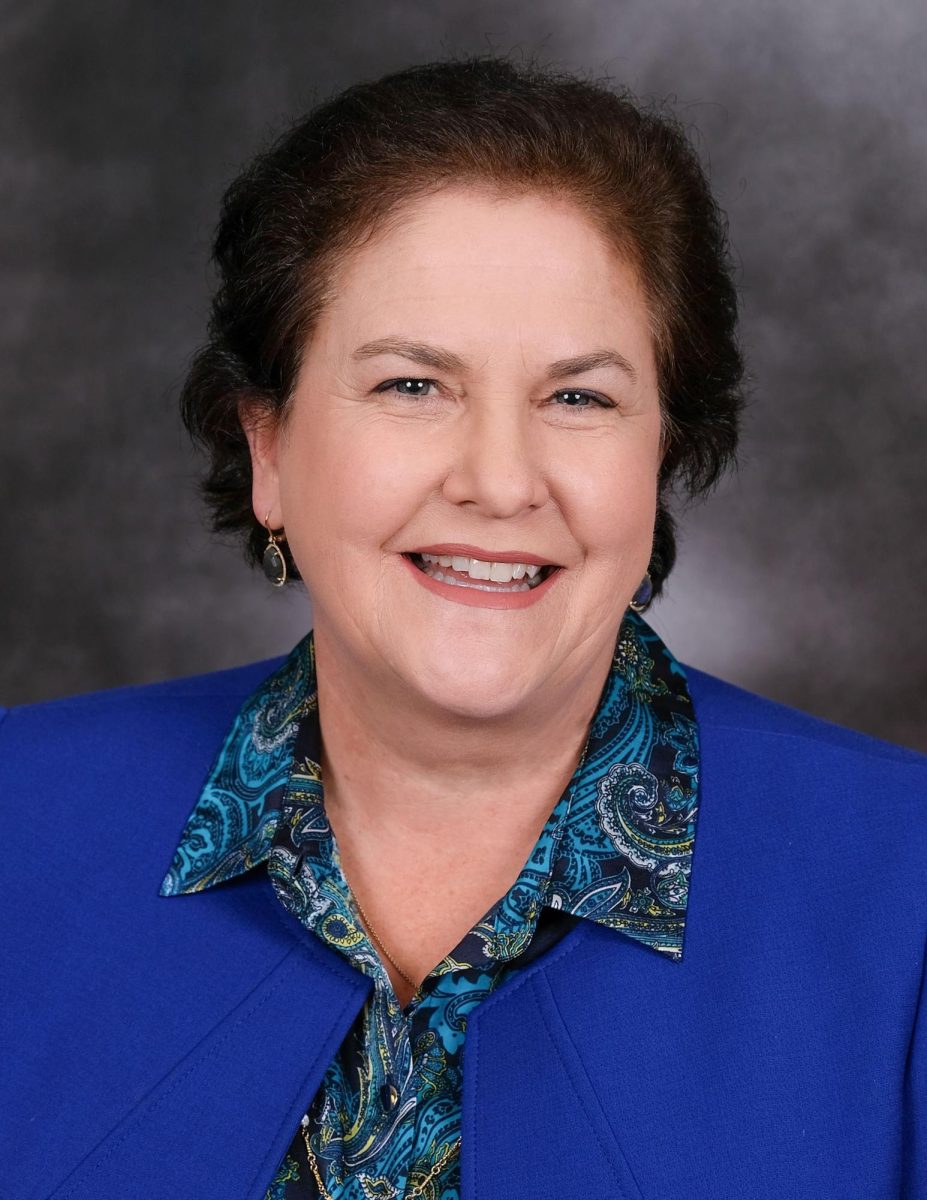It’s 6:10 p.m. on a Wednesday night, and high school students gather into Patricia Sirianni’s American Sign Language classroom. As they get seated, there is very little sound. Only facial expressions and hand movements are seen from the learners participating in the class. The goal? To bridge the gap between the hearing and the deaf.
Over the past four years, American Sign Language [ASL] has become the most enrolled language class available to high school students at the College of Marin (COM).
Some students take ASL to fulfil the two-credit minimum of a language class required for university admissions, according to Sirianni.
Those who choose to pursue the course generally gain a deeper understanding of the deaf culture.
“Sometimes a high school student comes in and takes [the course] because it is a requirement, and all they do is talk. And I have to tell them ‘No, you come in here and you become deaf, your ears don’t work in here. Your eyes are your ears, and you hear with your eyes,’” Sirianni said.
Redwood sophomore Talia Fleischman began teaching herself sign language in eighth grade, and is now enrolled in College of Marin’s 103 ASL class because she aims to create a stronger link between the hearing and the deaf. This spring will mark her third year in American Sign Language class.
Senior Shaya Barry, another student in the College of Marin 103 ASL class, began signing early because her sister can’t speak. Barry wanted her signing ability to become more technical, prompting her to take the ASL class.
“The first time I ever took a real sign language class was last semester,” Barry said. “I’ve just learned so much more than I had because I never had a formal way of learning it. I just wanted to learn more so it would be easier to communicate [with my sister]. I also want to know more about that culture.”
Sirianni, both Barry’s and Fleischman’s ASL professor, is hard of hearing, making some daily tasks more difficult for her. She tries to use her experiences to help teach her students about the struggles of being deaf.
“[My 101 class] has to put their earplugs in for one hour with their family. And when you have ear plugs in, you’re not totally deaf. You can hear things but it’s like being me, hard of hearing,” Sirianni said. “They said wearing ear plugs was frustrating and I said, ‘Yeah, that’s me. That’s deaf people.
Using earplugs changes the way that most high school students are comfortable with learning. Sirianni also encourages students to wear earplugs during their ASL class to create a more genuine experience

“From pretty much day one she’s just signing, we don’t speak,” Fleischman said. “That scares a lot of people at first but I find that it’s almost easier that way because it sort of eliminates your possibilities to speak and it made it easier for me to pick it up quickly.”
According to Fleischman, the class is taught differently than a high school class, but everyone taking the course is there because they chose it, similar to an AP program. Fleischman said that the lessons don’t focus on vocabulary so students begin to learn more signs as the class progresses. It’s all visual learning during the two hour period.
Sirianni emphasizes the use of facial expressions and constant energy required to display the meaning of the signs effectively.
“One thing about sign language is that you are always on stage. No matter where you go, when you’re signing, people will be fascinated,” Sirianni said. “In here you’ve got to have an attitude.”











